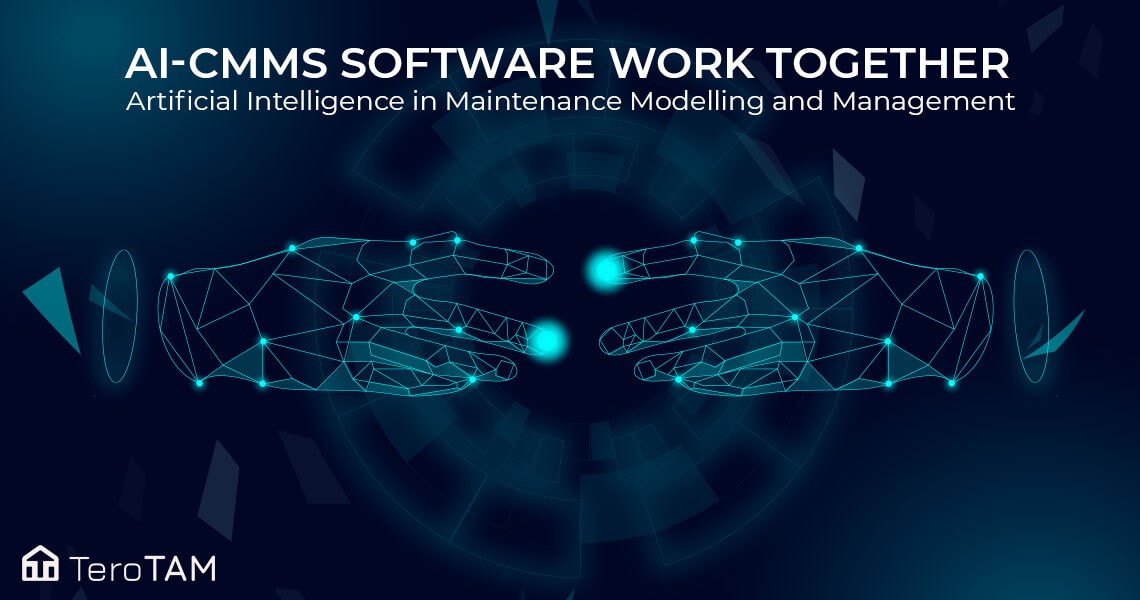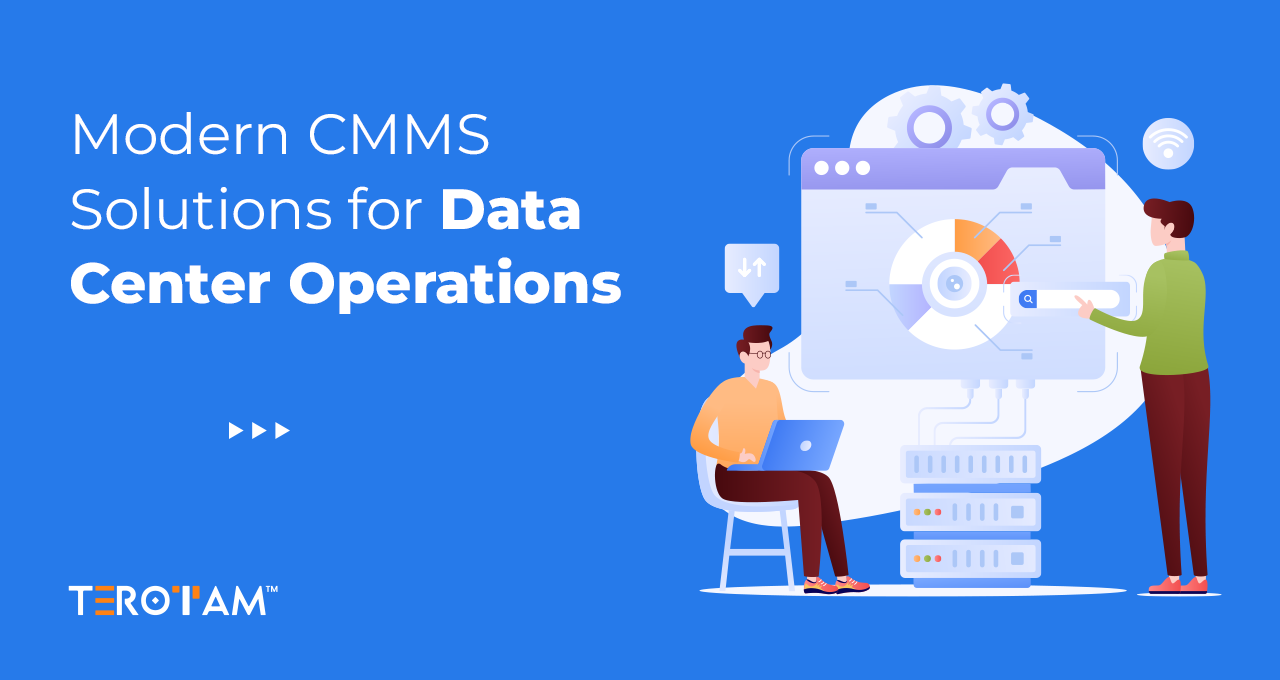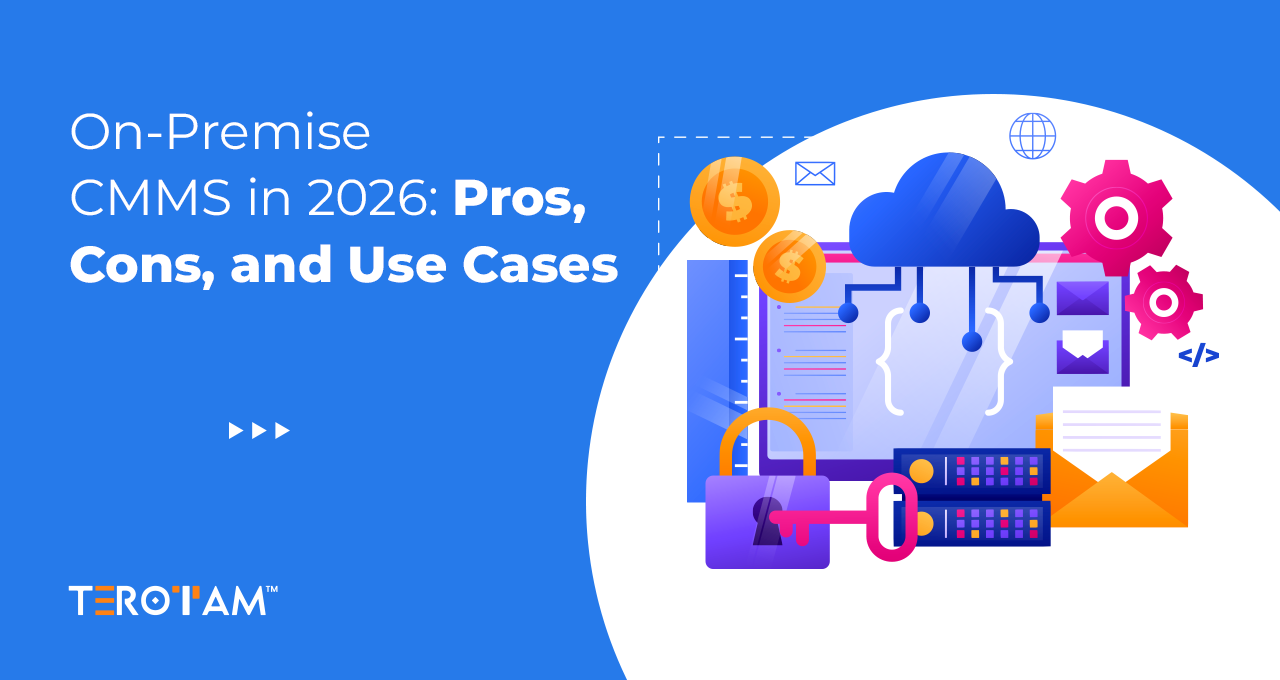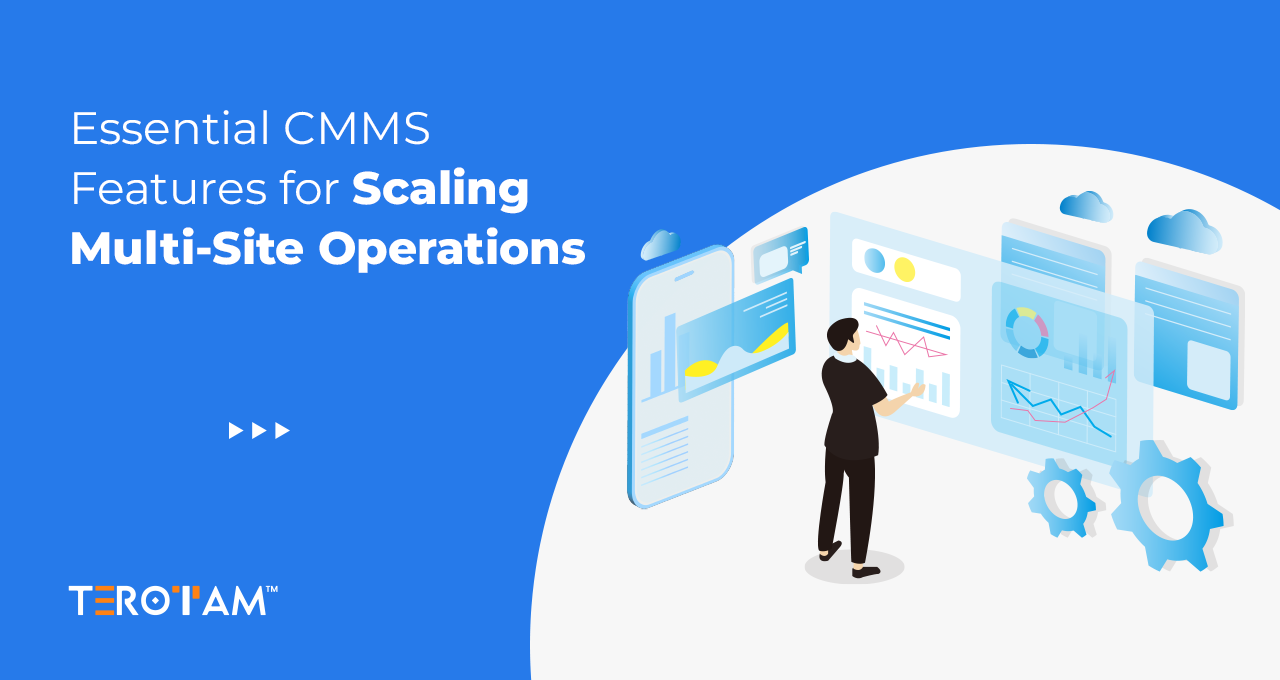Over the period of years, the importance of Maintenance management has increased way higher in all the industries. With its growing importance, it has evolved very fastly from traditional to modern approaches. Computerized systems have taken the role of burdensome manual tasks. Computerized Maintenance Management Software has come a long way throughout the journey of the Modern maintenance management approach. Preventive maintenance is the upcoming new normal of the industry. However, it can still be evolved more with the constantly growing technological environment and can be more advanced and powerful. With the introduction of Artificial Intelligence, new horizons are opening and widening in the field of Predictive maintenance all over the industry.
How was the Pre-AI Phase of Maintenance works?
The early phase of the Industrial Revolution was the era of Mass production everywhere to build organizations on a large scale. But, as time passed, mass production came in with its own set of challenges and inadaptability in the market due to fast-moving trends and demands, and varied preferences. As a result, Standardization of the product introduced for impulse goods, and later on, a completely new era is growing everywhere with customization. Likewise, the maintenance industry paradigm shifts from post breakdown repairs to Preventive maintenance to keep the machines free from unwanted stoppages and delayed manufacturing. But, the story doesn’t end here. With the increasing need for maintenance operations, demand is growing for more streamlined and modernized technologies empowered with intelligent monitoring, streamlined task management with prioritization and optimization, optimized work schedules, Machine learning self-maintenance, and many more.
Why is AI needed for managing Maintenance Tasks?
Despite constant efforts in calendar-scheduled maintenance, the equipment failure ratio can not be reduced to the mark, which is relevant to the expected cost-effective manner. Unstoppable machine failures despite pre-planned maintenance resulting in wastage of investments and resources. This challenging situation asks for more detailed and accurate maintenance management software enabled with new-age technologies, eradicating the chances of human errors that cause the failure of scheduled maintenance and helps to improvise the result of predictive maintenance.
Keeping this urge in the center of mind, the introduction of Artificial Intelligence in maintenance management came in place. AI, with its introduction, has started revolutionizing things. Based on a study by Manufacturing Business Technology, AI-powered Maintenance management software can save over $630 billion in costs in the upcoming 15 years if used in a planned way.
How AI-based CMMS works?
Let’s take a look at how AI and preventative maintenance intertwined?
AI is good for pattern identification. So, as it is now, AI works with CMMS systems to do the following:
- Gather the data from identified sensors
- Monitor the data for irregularities and failures
- Report irregularities to humans for corrective action
Irregularities are anything that the system failed to recognize based on acceptable operating parameters. For instance, air quality at a certain level could constitute an irregularity. Also, it could result in machine breakdown or inefficient machine operation.
AI-powered CMMS solutions come together by making the most of what AI is good at (pattern recognition) and applying it to issues that are too large to handle for humans and make things complicated for them. In an era of massive data, there are many issues that humans could solve. However, AI can do things much more than predictive maintenance. They can do basic housework, track performance over time, or help you manage your inventory, etc.
AI-enabled CMMS software is not only the future solution; It’s the next generation of problem solutions for facility managers who need to manage incredibly complex maintenance tasks, inventories, and workflows.
How can AI-powered CMMS smoothen Maintenance Workflow?
Real-Time Monitoring
As its name suggests, real-time monitoring is a vigilante system that involves both the failure system and the anomaly system. The failure system reads from the point of view of data models which indicate and predict operational failure.
In addition, a fault system reads data as deviations from normal routine operations. Unlike the failure system, it does not focus on predefined failure symptoms but records variations from normal models. Together, they give us fair and transparent oversight of business processes.
Ongoing monitoring becomes important when run time and downtimes are very low. This becomes even greater when operations involve very vital and critical processes. Sometimes they can be too complex and difficult for human actions, such as long-range pipelines and harsh weather conditions.
Self-managed Tasks
A combination of Self-maintenance with Real-time monitoring prevents the breakdown or failure. A breakdown or maintenance task brings a series of activities, such as raising the alarm, issuing a work order, ordering a spare part, etc. Often, all activities are predetermined in the form of a standard operational procedure. We rely on these SOPs as an alternative to human intelligence, mainly where human intervention is not readily available.
Smooth WorkFlow Management
On its gathered data and relevant analysis, AI-based arranges the tasks in a flow that reduces the time and energy wasted and makes the functionalities as much errorless as possible. What invites the most human errors is identifying accurate sequence and flow of work orders and then executing them better. AI-based on its findings, suggest both make sure the thighs work as planned and suit the system in the best cost-effective manner.
Automated Execution of Maintenance Tasks
AI allows the automate the tasks wherever it’s needed and possible, which prevents the schedules from unwanted delays and latency. Automated execution also makes sure that the defined precedence is maintained to avoid confusion and chaos.
Faster Decision Making
After all, what is needed for the decision-making, accurate and timely delivery of data and analysis? AI does both best for the decision-makers with all possible suggestions to save them from missing any crucial data points while making decisions and fasten up the process.
Ending Moments
We know that technology matters in our daily lives. And that’s supposed to be in the future. However, no one can predict exactly what will happen tomorrow; it can be better and worse. One can speculate with calculated risks at best and not miss out on the early adopter advantage. AI-powered CMMS Software is on its best adaptability stage for those who are ready to make changes. It’s wiser to use all available technology as early as possible before becoming obsolete and degrades the advantageous spot.
To know more about how AI-powered CMMS software can smoothen your maintenance tasks write us back at contact@terotam.com and get started today.










